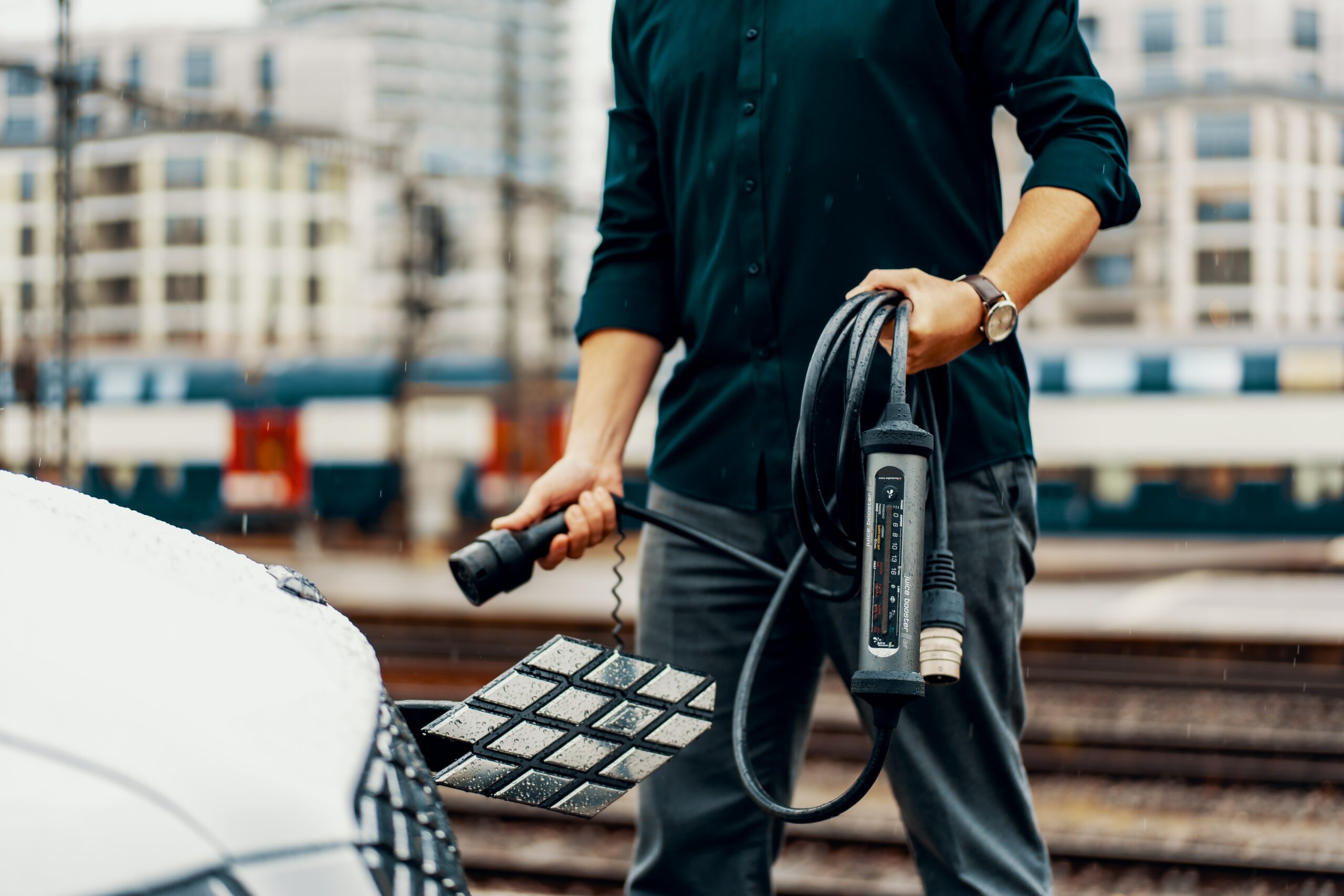Fringe Benefits Tax & ECM Method
The most complex part of Novated Leasing is understanding FBT and ECM (Employee Contribution Method). We’ve broken it down for you below.
Fringe Benefits Tax (FBT) might sound like a complicated term, but it’s crucial to understanding how a novated lease operates. FBT is a tax applied to fringe benefits received by employees or their family members from their employer. These fringe benefits can include non-wage compensation such as:
- Company vehicles for personal use
- Private health insurance
- Accommodation allowance
- Entertainment allowance
- Discounted loans
If it’s still not clear at the end we suggest talking to one of our Relationship Mangers on 1300 131 050 because they explain it like champs in a way that’ll make sense to any and everyone.




The FBT rate is set at 47% (comprising the highest tax bracket rate of 45% plus a 2% Medicare levy). The taxable value for motor vehicles under a novated lease is calculated in two ways:
- Statutory formula – a flat 20% rate on the cost of the car.
- Operating cost – mainly applied to vehicles with a high percentage of business use.
The gap between the taxable value and the total benefit cost is exempt from FBT and income tax. While the employer is responsible for paying the FBT, the employee often agrees to offset the FBT to zero by contributing post-tax funds toward the vehicle’s running costs.
Employee Contribution Method (ECM)
Now, let’s talk about the Employee Contribution Method (ECM). It’s the primary way to reduce and potentially eliminate FBT on a novated lease. The ECM involves employees making post-tax contributions for running and maintaining the vehicle (e.g., fuel and servicing). Each dollar paid in after-tax contributions by the employee reduces the taxable value of the benefit by the same amount, possibly reducing the FBT to zero. The specific level of post-tax contributions is agreed upon between the employer and the employee during the salary packaging agreement.
For employers engaging in novated leasing:
- An agreement is needed for the salary sacrifice arrangement allowing an employee to obtain a vehicle through a novated lease.
- The employer makes lease repayments from the employee’s pre-tax salary.
- While it incurs FBT as a fringe benefit, the arrangement is tax-deductible for expenses incurred in arranging and maintaining the lease (excluding lease repayments).
- The FBT liability should be negligible for the employer when sufficient post-tax contributions are made by the employee.
- The employment relationship’s end also ends the repayment commitment, with lease obligations transferring to the former employee.



For employees participating in novated leasing:
- The employee selects the vehicle they wish to lease and exclusively uses it.
- Salary sacrificing novated lease payments reduces taxable income, as these payments come from pre-tax salary.
- Although FBT is due because the car is a fringe benefit, the employer covers this payment.
- Typically, FBT is based on a portion of the vehicle’s purchase price, with the statutory formula as the most commonly used method.
- Alternatively, the operating cost method considers vehicle running costs, with a percentage usually based on business versus personal use (recorded via a logbook).
- Making post-tax contributions to vehicle costs can offset the FBT liability by the same contributed amount.


Clearly Better
Live your best life
Meet our experienced Team
Our experienced team are experts in FBT and ECM. We are all about providing clarity and transparency every step of the way. If you’d like to have a chat with our crew

Car Buyer FAQ
Let’s break it down: Fringe Benefits Tax (FBT) is the tax applied to benefits received from your employer that don’t come in the form of cold, hard cash salary or wages. A novated lease falls into this category as it’s a benefit separate from your cash salary or wages. As of April 1st, 2019, the FBT rate stands at 47%.
Now, here’s where ECM, or the ‘Employee-Contribution Method’, comes into play. ECM is a standard calculation method for novated leases designed to offset any potential FBT you might owe on your novated lease. How does it work? Well, by making both after-tax and pre-tax payments, you can effectively lower the taxable value of your car. This smart move minimises the risk of facing an FBT liability when the FBT year ends on March 31st. It’s all about keeping your financials in check and your novated lease journey smooth and stress-free with Clear Lease.
Your dedicated consultant can talk you through FBT and ECM as it’s often best to talk to an expert.
So, novated leasing is basically like a three-way handshake. You, your employer, and a leasing company come together. You pick your dream car, and the lease payments come straight out of your salary before tax. Clear Lease along with your payroll department manage the payments and all the car expenses. It’s a sweet deal for you, but remember, your boss has to be on board too.
Novated leasing is like a tax magic trick. Your taxable income shrinks, which means you pay less income tax. Plus, you can often claim back the GST on car expenses.
Yep, you usually get to pick the car of your dreams for novated leasing – new or used, it’s your call. Just remember, there are a couple of rules to play by. Generally, your chosen car shouldn’t be older than 12 years at the end of your lease term. Also, it’s a smart move to check in with your employer about their specific novated leasing policy, as there might be some vehicle restrictions.
If you decide to jump ship to a new job, your novated lease can often hop along with you if your new employer is on the same page and we can arrange for a re-novation. If they don’t offer novated leasing, we can assist with funding your vehicle with a chattel mortgage or you can pay out the loan. We help you every step of the way to ensure you’ve got the best options available to you.
